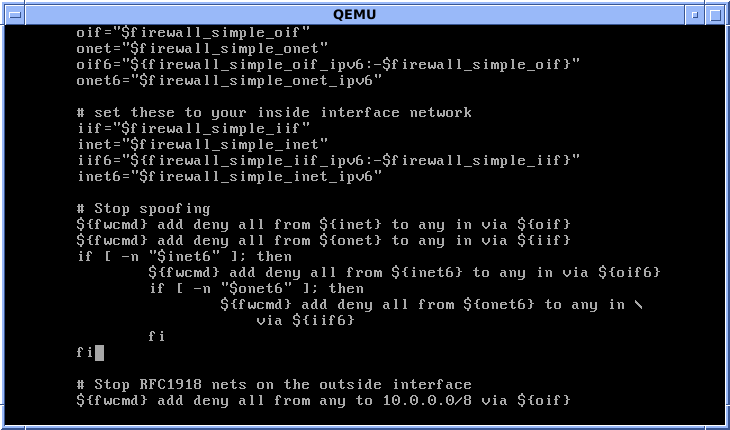Intro to computers and programming
- Computer Basics
- Introduction to Programming
- Introduction to Coding
- Scripting Basics
- Basics of a Programming Language
- Intermediate Programming
- Introduction to Object Oriented Programming
- Practical Uses of Scripting
- Algorithms and Data Structures
- Managing Code Project
- Real World Coding Examples
Scripting Basics
First Look at Shell Scripts

Script written for the shell, or command line interpreter, of an operating system.
Shell scripting is a powerful tool that can automate repetitive tasks, manage data, and perform complex operations. This article will introduce you to the basics of shell scripting, including its structure, how to write your first shell script, and how to debug it.
Introduction to Shell Scripts
A shell script is a computer program designed to be run by the Unix shell, a command-line interpreter. It contains a series of commands for the shell to execute. Shell scripts can automate tasks, manage files and directories, and perform complex operations.
Understanding the Structure of a Shell Script
A shell script typically begins with a shebang (#!) followed by the path to the shell. This line tells the system that this file is a set of commands to be fed to the command interpreter indicated. Here's an example:
#!/bin/bash
The rest of the script contains shell commands. For example, a simple script to print "Hello, World!" would look like this:
#!/bin/bash echo "Hello, World!"
Writing Your First Shell Script
Let's write a simple shell script. This script will print "Hello, World!" to the console.
- Open a text editor, like Notepad or TextEdit.
- Write the following lines of code:
#!/bin/bash echo "Hello, World!"
- Save the file with a
.shextension, likehello_world.sh.
Running a Shell Script
To run a shell script, you need to make it executable. You can do this with the chmod command followed by +x, and then the name of your script. Like so:
chmod +x hello_world.sh
Then, you can run your script with the following command:
./hello_world.sh
You should see "Hello, World!" printed to your console.
Basic Shell Commands and Their Usage in Scripts
Shell scripts can contain any command you would use on the command line. Here are a few basic commands:
echo: Prints text or the value of a variable.read: Reads input from the user.if,then,else,elif,fi: Used for conditional statements.for,do,done: Used for loops.
Debugging a Shell Script
If your script isn't working as expected, you can use the -x option with the bash command to see what commands are being run and what variables are being assigned. Like so:
bash -x hello_world.sh
This will print each command to the console before it's executed, which can help you identify any errors in your script.
By understanding the basics of shell scripting, you can start to automate tasks and perform complex operations on your computer. Happy scripting!